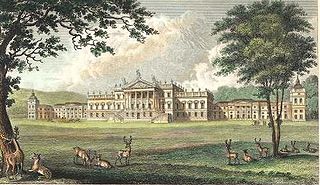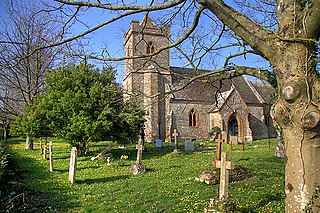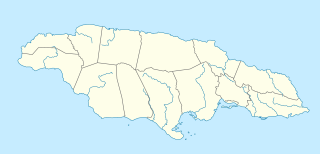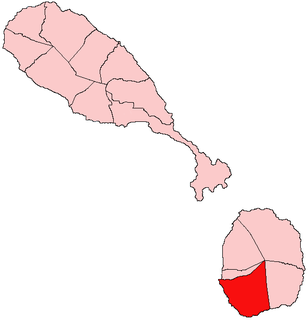Stoney Grove Estate is a former plantation on the Caribbean island of Nevis. The Stoney Grove Strikers gained their name from here.

Nevis is a small island in the Caribbean Sea that forms part of the inner arc of the Leeward Islands chain of the West Indies. Nevis and the neighbouring island of Saint Kitts constitute one country: the Federation of Saint Kitts and Nevis. Nevis is located near the northern end of the Lesser Antilles archipelago, about 350 km east-southeast of Puerto Rico and 80 km west of Antigua. Its area is 93 square kilometres (36 sq mi) and the capital is Charlestown.
Stoney Grove Strikers, known as BAS Stoney Grove Strikers for sponsorship reasons, is a Nevisian association football club based in Charlestown. The team is the second most successful team in the Nevis Premier Division winning the title twice.
The estate is in the parish of Saint John Figtree. It is about is 177 meters above sea level. [1] It is 4.49 acres in size. [2] The estate contains ruins of former buildings, including the great house, whose floor area was 1,900 square feet. [2]

A great house is a large house or mansion with luxurious appointments and great retinues of indoor and outdoor staff.
The estate was first owned by James Tobin senior, and then his son, James Tobin (1736/7–1817), from whom it passed to his friend and business associate John Pinney. [2] While James Tobin was an active anti-abolitionist, his son James Webbe Tobin opposed slavery and moved to Nevis in 1809. He built the Palladian mansion, whose ruins are visible today. [3]
James Tobin (1736/7–1817) was an English merchant, and a plantation owner in Nevis. He is known as an advocate and apologist for slavery.

John Pinney (1740–1818) was a merchant who owned multiple sugar and slave plantations on the Island of Nevis in the Caribbean. At the age of 22, Pinney received land from his cousin, John Frederick Pinney, in south-east England. Two years later he maintained plantations on Nevis. Overall he owned 66 slaves in the period between 1765 and 1769. Later he had between 170 and 210 slaves in his 394 acres large plantation. He was one of the richest Bristolians at that time, having earned about £340,000. His son Charles inherited his father's estate, and when slavery was finally abolished throughout the British Empire, Charles received over £24,000 in compensation from the British government. His house at 7 Great George Street is now a museum.
James Webbe Tobin (1767–1814) was an English abolitionist, the son of a plantation owner on Nevis. He was a political radical, and friend of leading literary men.
At the death of James Tobin in 1817, there were 213 enslaved people on the estate. [4] At emancipation the estate housed 209 enslaved Africans, for which Charles Pinney received £3,572 10s 11d
Emancipation is any effort to procure economic and social rights, political rights or equality, often for a specifically disenfranchised group, or more generally, in discussion of such matters. Emancipation stems from ēx manus capere. Among others, Karl Marx discussed political emancipation in his 1844 essay "On the Jewish Question", although often in addition to the term human emancipation. Marx's views of political emancipation in this work were summarized by one writer as entailing "equal status of individual citizens in relation to the state, equality before the law, regardless of religion, property, or other 'private' characteristics of individual people."







